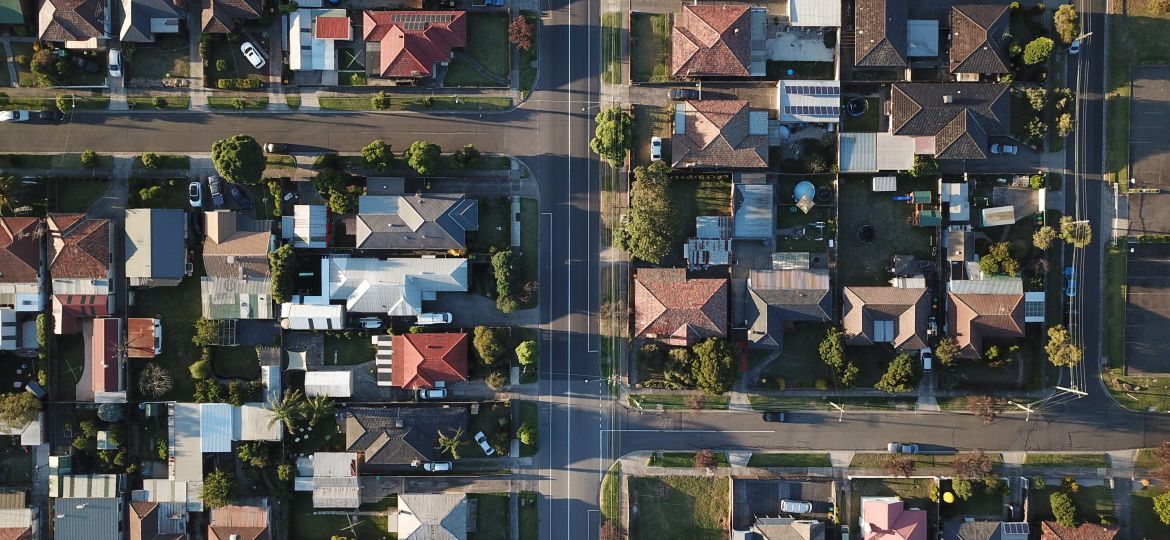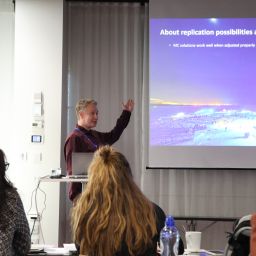
The selection of Demo houses
To recruit the homes which will embody the demohouses project, the local partners have organized a cross-media campaign to share the message to the inhabitants of the North PED. A total of 18 homeowners signed up in the first round. Six demohouses were preselected and rated according six criteria:- Is it representative for the district?
- Is there available physical space: does the house have enough space for sustainability measures or innovations?
- What is the potential of becoming energy positive?
- Unicity: does the house have any unique features that makes it a better candidate?
- Feasibility VS Investment: is the ratio between the investment and the energy savings reasonable?
- Innovativity of solutions: can the house become more sustainable using innovations?




